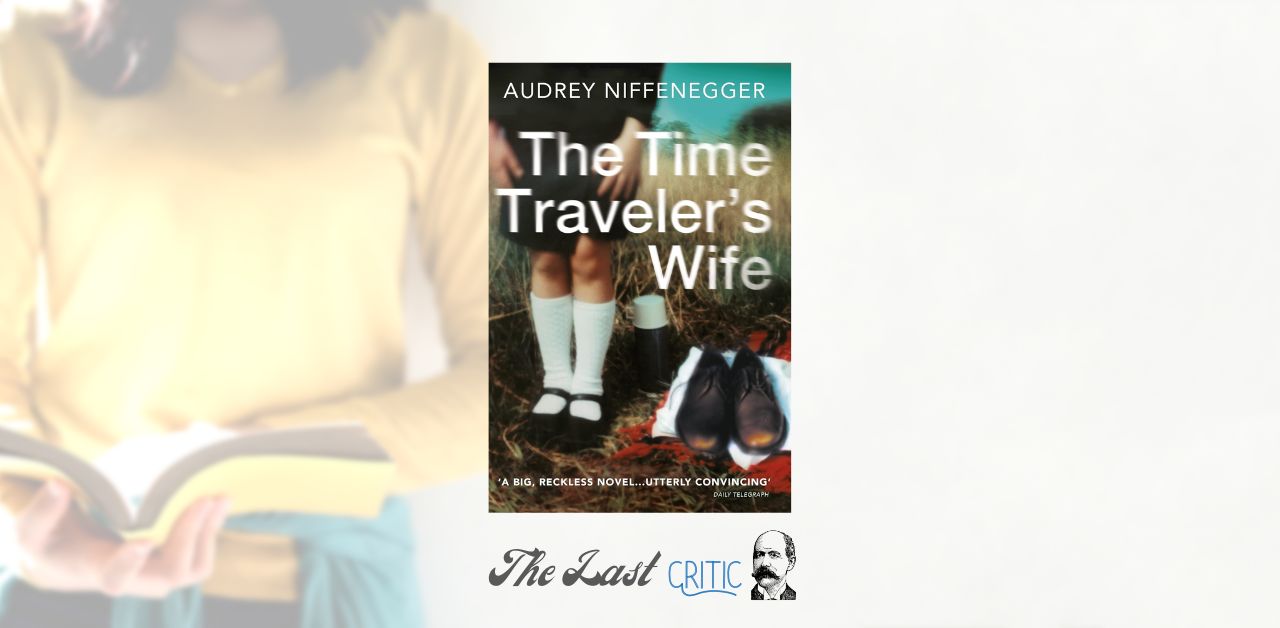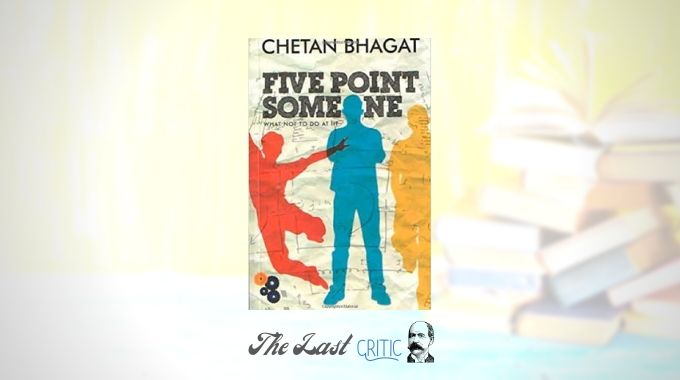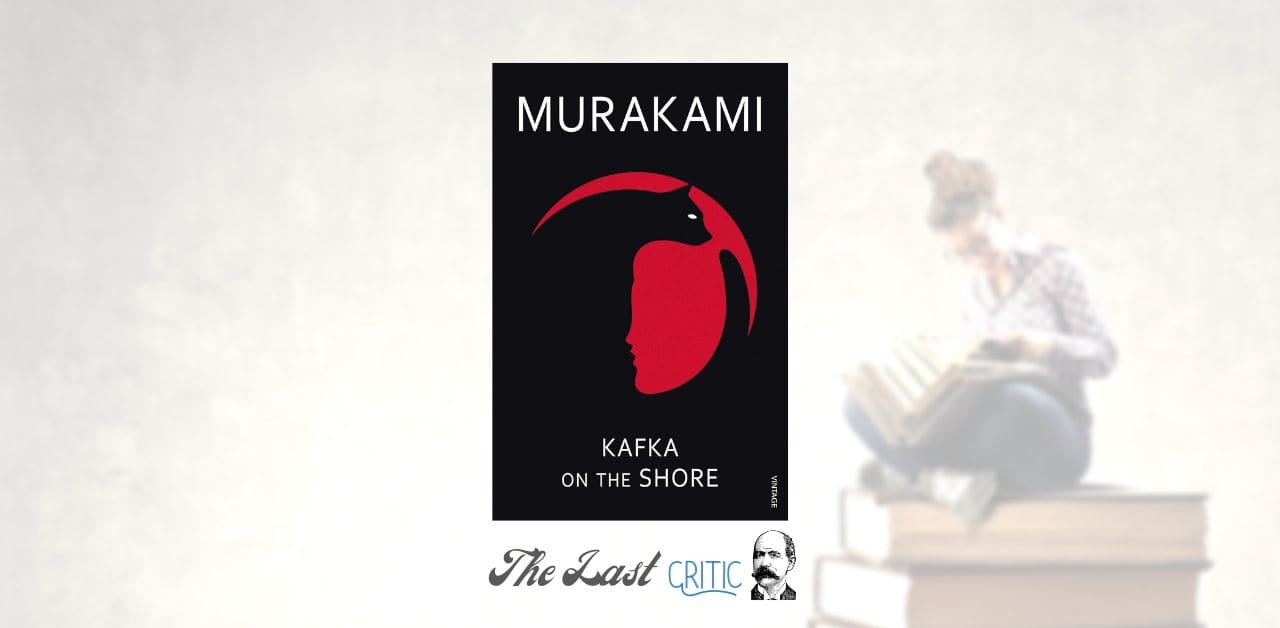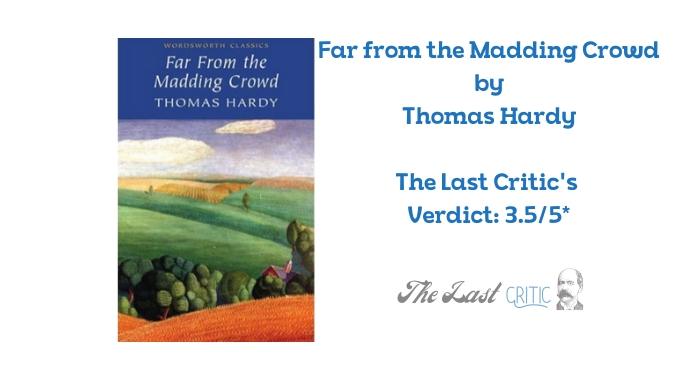
The Time Traveler’s Wife by Audrey Niffenegger Book Review
The Time Traveler’s Wife, published in 2003, is a unique blend of romance and science fiction written by Audrey Niffenegger. The novel follows the complex relationship between Henry DeTamble, a man with a rare genetic disorder that causes him to travel through time involuntarily, and Clare Abshire, the woman who loves him. The narrative weaves through various points in their lives, revealing how they cope with the unpredictability and dangers of Henry’s condition. Clare first meets Henry when she is a child, and he is an adult, though Henry meets Clare for the first time when he is 28 and she is 20. Despite the constant challenges and separations brought on by Henry’s time travel, their deep love and commitment to each other endure, creating a poignant exploration of love, loss, and the passage of time.
Strengths of the Novel:
1. Innovative Plot Structure: Henry’s time travels drive the non-linear narrative, adding a layer of complexity and intrigue. The shifts in time provide a fresh perspective on the characters’ relationship and individual growth.
2. Character Development: Niffenegger excels at creating deeply emotional and multi-dimensional characters. Henry and Clare are portrayed with great depth, making their joys and sorrows profoundly affecting. The supporting characters are also well-developed, adding richness to the story.
3. Emotional Depth: The novel delves deeply into themes of love, loss, and the passage of time. It captures the intensity of the protagonists’ relationship, offering readers an intimate look at their struggles and triumphs.
4. Literary Style: Niffenegger’s prose is both lyrical and accessible, blending literary finesse with readability. Her descriptive language and attention to detail help to vividly bring the settings and characters to life.
Weaknesses of the Novel:
1. Pacing Issues: Some readers might find the pacing uneven. The story’s jumps in time can sometimes disrupt the narrative flow, making it challenging to follow the sequence of events.
2. Complexity of Time Travel Logic: While the time travel concept is intriguing, it occasionally raises questions that are left unanswered or inconsistent. Some readers might find the mechanics of Henry’s condition confusing or implausible.
3. Repetitive Elements: Certain aspects of the plot, particularly Henry’s time-travel-related predicaments, can feel repetitive. This could lead to a sense of predictability in the novel.
Hooking Elements in the Novel:
1. Emotional Investment: The central romance is profoundly moving and compelling, capturing readers’ hearts and investing them in Henry and Clare’s journey.
2. Mystery and Suspense: Henry’s time travels are unpredictably unpredictable, adding a layer of suspense. Readers are kept on edge, wondering when and where Henry will be pulled next.
3. Philosophical and Ethical Questions: The novel raises thought-provoking questions about fate, free will, and the nature of time. These elements invite readers to reflect deeply on the story and its implications.
Comparison with Other Acclaimed Novels:
Outlander by Diana Gabaldon: Both novels explore time travel and romance, but Outlander combines historical fiction with a more adventurous tone. At the same time, The Time Traveler’s Wife is more introspective and focuses on contemporary settings.
The Time Machine by H.G. Wells: Niffenegger’s novel, like Wells’s classic, explores time travel, but while Wells’s work is more focused on the scientific and philosophical aspects, Niffenegger’s story is rooted in the emotional and relational consequences of time travel.
Never Let Me Go by Kazuo Ishiguro: Both novels blend speculative fiction with deep emotional and ethical questions. Ishiguro’s work, like Niffenegger’s, examines the human condition, though it leans more towards dystopian fiction.
Ideal Audience of the Novel:
The novel will particularly appeal to:
Fans of Romantic Fiction: Those who enjoy deep, character-driven love stories will find much to appreciate in Henry and Clare’s relationship.
Readers of Speculative Fiction: The unique time travel premise offers a fresh take for science fiction fans.
Literary Fiction Enthusiasts: Niffenegger’s rich prose and complex characterisations will attract readers who enjoy high-quality literary writing.
Contribution to Genre and Literature
The Time Traveler’s Wife contributed significantly to the romance and science fiction genres by seamlessly blending the two in a way that had not been done before. Niffenegger’s innovative approach to time travel as a genetic disorder offered a new perspective that grounded the fantastical element in a semblance of realism. This grounded approach helped to make the speculative elements more relatable and accessible to a broader audience.
Niffenegger’s novel is notable for its emotional depth and literary quality. It has been praised for its poignant exploration of love and loss, universal and timeless themes. The book’s structure, with its non-linear timeline, challenges traditional narrative forms and encourages readers to think about the nature of storytelling itself.
Moreover, The Time Traveler’s Wife has sparked discussions about the nature of relationships and the impact of uncontrollable external factors, such as time travel, on personal bonds. This has opened up new avenues for exploring how speculative elements can deepen the exploration of human experiences in literature.
Conclusion:
The Time Traveler’s Wife is an extraordinary narrative that intertwines the delicate threads of romance and speculative fiction to create a profoundly moving and thought-provoking story. It stands as a testament to Audrey Niffenegger’s skill in crafting characters who are both deeply flawed and immensely relatable, set against the backdrop of a uniquely challenging premise. The novel’s exploration of love, loss, and the human condition elevates it beyond the confines of genre fiction, making it a significant contribution to contemporary literature.
In many ways, The Time Traveler’s Wife also reflects elements of a bildungsroman as it chronicles its characters’ psychological and moral growth through various life stages. Henry’s time travels force him to confront different versions of himself, compelling him to evolve and adapt continuously. On the other hand, Clare grows from a young girl enamoured with a mysterious visitor to a resilient woman who understands the complexities of love and sacrifice. Their journeys are marked by personal growth, self-discovery, and a deeper understanding of the transient nature of life.
Ultimately, The Time Traveler’s Wife is more than just a love story or a science fiction novel; it is a profound meditation on the human experience, masterfully illustrating how we are shaped by the passage of time and the enduring power of love. For readers seeking a novel that challenges the boundaries of genre while delivering an emotionally rich and satisfying narrative, The Time Traveler’s Wife is an indispensable addition to their literary journey.
Get a copy of the novel from Amazon India – click here.
Interested in Bildungsroman novels? Helpful resources are below:
Bildungsroman (a literary idea)
Best Bildungsroman Novels (an emphatic list)
Benefits of Reading Bildungsroman Novels (a helpful guide)
By Alka for Desi Readers
The Time Traveler's Wife by Audrey Niffenegger Book Review
- Rating
Summary
The Time Traveler’s Wife masterfully intertwines romance and time travel, delivering a heart-wrenching tale of love and loss. Audrey Niffenegger’s poignant narrative captivates from start to finish, making it an unforgettable literary journey. It’s a little slow, but it’s worth the wait…



